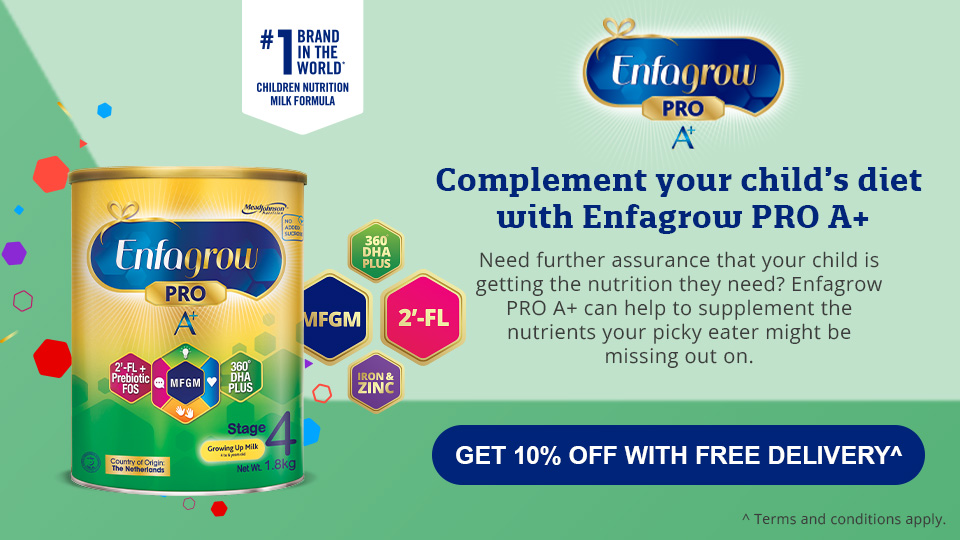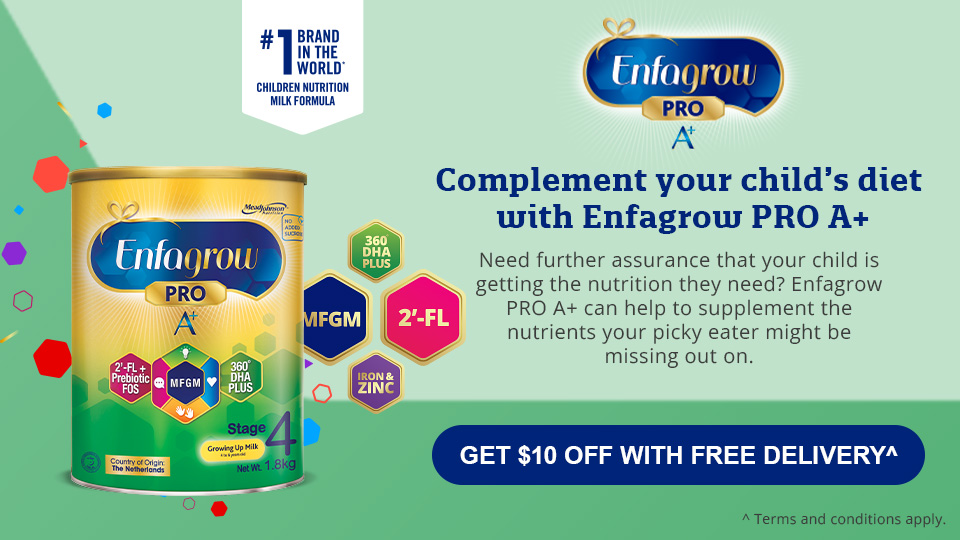
Parents who have a picky eater know exactly how tough meal times can get. And while you might hear advice like, “they’ll eat when they’re hungry,” it’s hard not to worry about if your picky eater is getting adequate nutrition to fuel their growth. To find out the type of picky eater you have, take this quiz now.
If your toddler or preschooler is a sensory dependent picky eater1, it means that they might not eat certain foods because of how they look or taste. Your child might take one tiny bite of the food and announce, “yuck, this tastes gross!” or simply look at the meal and say “I don’t want to eat this! It looks like poo!” As a result, your child might reject foods like cheese or yoghurt which contain calcium for strong bones; spinach or other leafy greens that are important sources of vitamins C and K as well as iron for growth and development; red meat or whole grains which provide zinc that helps fortify the immune system; and proteins and carbohydrates to build muscles and sources of energy.
Luckily, you can create clever and delicious meal plans that will cover these and other nutrients that might be lost if your sensory dependent picky eater rejects regular meals.
Recipes for your sensory dependent picky eater
Breakfast: Omellete and Toast
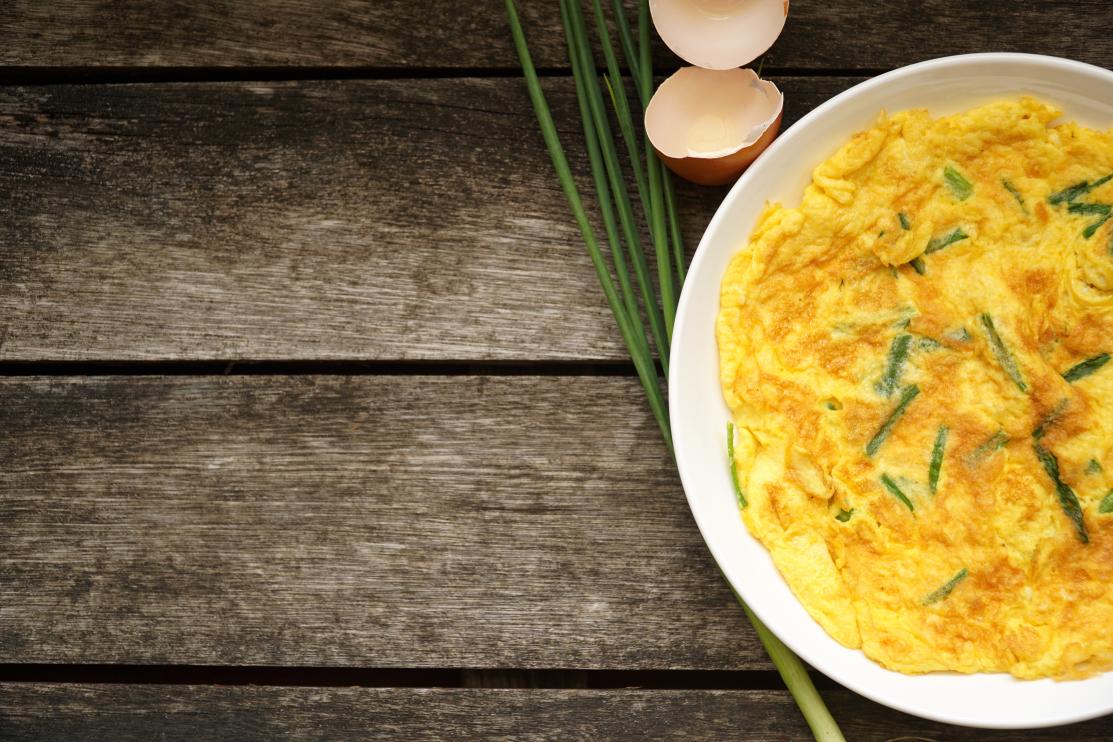
Breakfast provides your little one with the nutrients and energy to get through their day, while contributing to their development. A simple, yet nutritious and tasty omelette might just be the answer to those sensory dependent picky eater woes. With its uniform colour and flat shape, an omelette is unlikely to upset your little one at breakfast. Of course, eggs are small powerhouses of essential nutrients, including vitamins B2, B12 and D, protein, and minerals such iron, calcium and zinc2. You could add some toast soldiers made with wholemeal or wholegrain bread to add fibre and carbohydrates to your little one’s diet. But if your child doesn’t like toast, you could omit it, knowing that the omelette will still provide plenty of nourishment.
Ingredients
- 1 large egg
- 1 teaspoon butter
- 2 tablespoon milk
- Some grated cheese (this can be omitted if your child doesn't like cheese)
- A pinch of salt
- 1 slice of wholemeal or wholegrain bread
Instructions
- Whisk the egg, milk, salt and pepper together until well-combined.
- Heat the butter in a saucepan. When it’s melted and slightly golden-brown, pour in the beaten egg.
- Sprinkle the grated cheese on top and let it cook for 2 minutes.
- Using a flat spoon, lift an edge of the omelette and check if the underside is golden-brown. If it is, carefully fold one edge of the omelette over the other edge.
- Let it cook for another minute. Serve warm with buttered toast cut into strips (soldiers).
Tip: An omelette easily hides vegetables and even meat. Try adding finely cut cabbage, carrot or some shredded chicken to the omelette as it cooks.
Lunch: Minced Meat Fried Rice
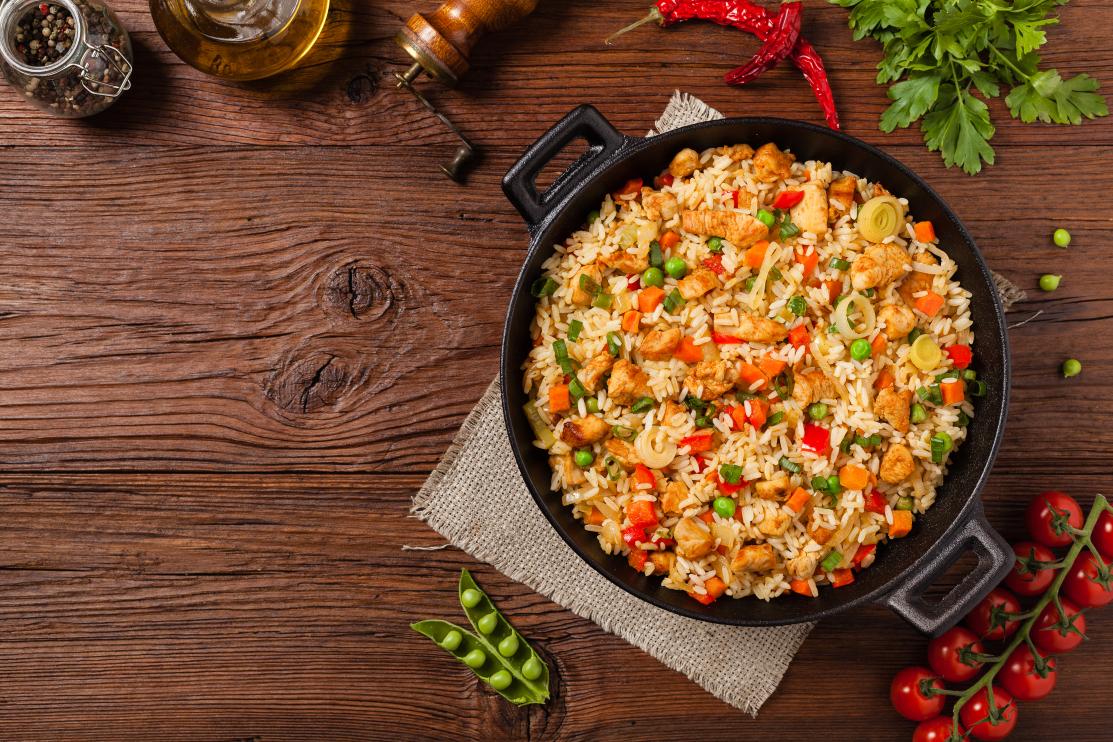
A delicious fried rice is the ideal meal for picky eaters as it contains a large range of varied nutrients in one dish. It freezes well too when separated into toddler-sized portions. You could add the type of meat your child likes, whether this is beef, chicken or pork, as well as use any type of vegetables your child eats. This scrumptious, quick and healthy recipe is adapted from The Woks of Life.3
Ingredients
- 2 cups cooked rice
- 2 tablespoons oil or butter
- 1 large egg, beaten (you can omit this if your child doesn’t like eggs)
- 1 cup of minced chicken, beef or pork
- 1 finely chopped onion
- 4 cloves of garlic, minced
- 1 cup of diced, mixed vegetables of choice like carrots, cabbage, and peas
- 1 teaspoon of soy sauce (low sodium)
Instructions
- Heat 1 tablespoon of the oil or butter in a wok over a medium flame.
- Gently fold in the beaten egg, taking care not to overcook. When soft and fluffy, transfer it to a clean bowl.
- Heat the remaining oil or butter. Add the chopped onion and minced garlic and sauté until golden brown.
- Add the minced meat and soy sauce and stir-fry until cooked through.
- Next add the vegetables and cook for around 5 minutes. Add the cooked rice and mix thoroughly.
- Finally, mix the scrambled egg through the rice, meat and vegetables. Add salt to taste and serve.
Snack: Tofu Sweet Corn Cup, and Enfagrow PRO A+
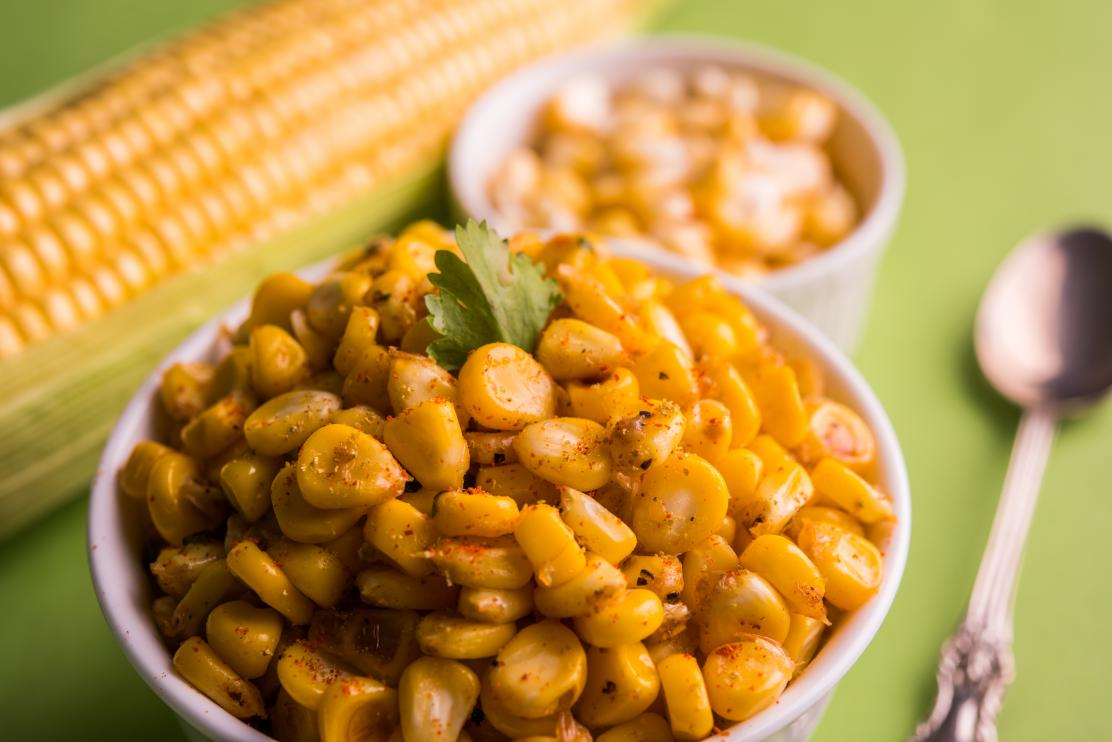
This is an ideal snack for a delicious boost of nutrients for your sensory dependent picky eater. Tofu contains many nutrients4 high-quality proteins, iron and B vitamins. Sweet corn too is a good source of nutrients5 including zinc, iron, and fibre. Complement this yummy snack with Enfagrow Pro A+ for iron and zinc^ and other nutrients that help support your child’s overall development.
Ingredients
- ½ cup of cooked sweet corn kernels (canned corn kernels can be used)
- ½ cup cubed firm tofu
- 1 tablespoon of sesame oil or butter
- ½ teaspoon of finely chopped parsley or basil (this can be omitted if your child doesn’t like their taste)
Instructions
- Heat the oil or butter in a pan. Add the cubed tofu and pan-fry until golden-brown.
- Add the corn kernels and mix well.
- Add salt to taste and serve warm in a cup or bowl with the chopped herbs sprinkled over.
Dinner: Fish Porridge
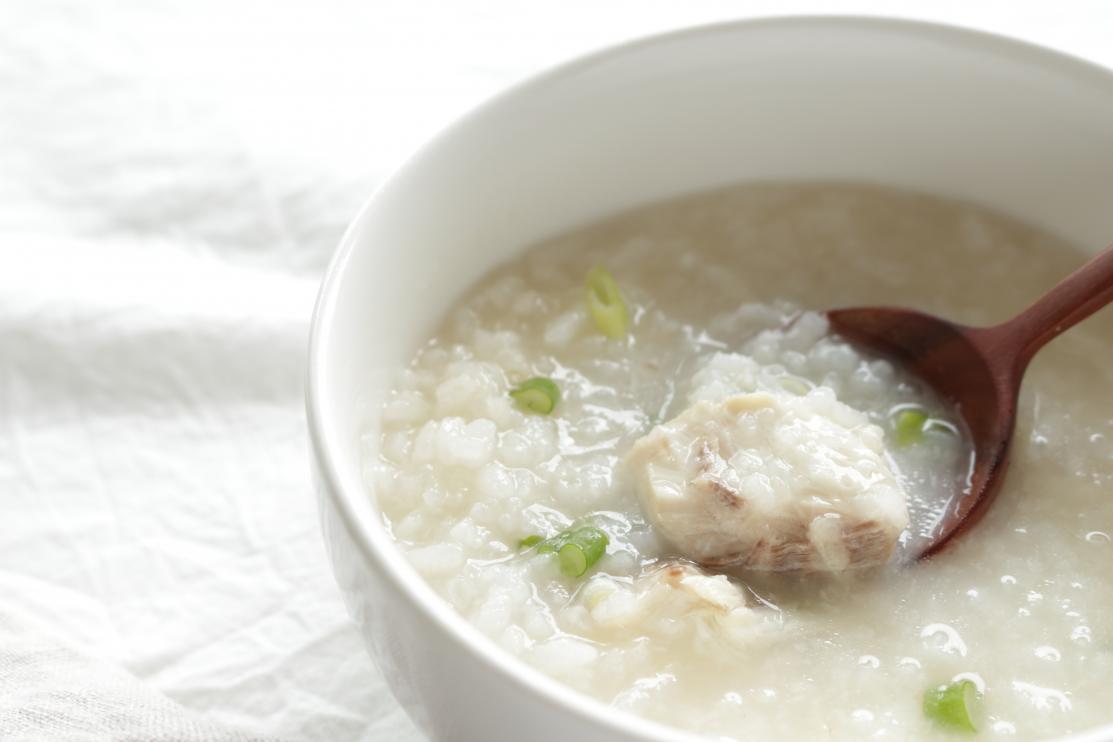
Warm, comforting and packing a nutrient punch, your picky eater is sure to love this fish porridge for dinner. You’ll be happy too knowing that fish contains a rich mix of nutrients6 including iron, iodine, zinc, calcium and omega-3 fatty acids. This fish porridge recipe is adapted from The Heart Foundation.7
Ingredients
- 1/2 cup white rice
- 5 cups of water
- 300g of firm fish fillet, deboned and cubed (e.g. salmon, cod, snapper)
- A teaspoon of soy sauce (low sodium)
- 2 slices of fresh ginger
- 1 cup of thinly chopped spinach, cabbage or lettuce
Instructions
- Bring the water to boil in a saucepan. Add the rice, reduce heat to low and let it simmer for an hour, stirring occasionally.
- Marinate the cubes of fish in soy sauce for at least 30 minutes.
- Add just enough water to cover the base of a frying pan. Bring to a simmer, add the ginger and fish. Gently poach for around 5-10 minutes until cooked.
- Remove the fish from the pan and flake it, removing any bones in the process.
- Add the fish and the greens to the rice, bring to a boil while mixing well. Add salt to taste and serve warm.
Dealing with a picky eater and not quite sure what to do? In addition to tailoring healthy menu plans based on the type of picky eater that your little one is, you could complement the nutrition they get from these meals with Enfagrow PRO A+ milk formula. Enfagrow PRO A+ could also help make up for nutrients your picky eater might be missing out on.
Every tin of Enfagrow PRO A+ contains a unique blend of nutrients to support your child’s overall mental and physical development These include MFGM (Milk Fat Globule Membrane) and 2’-FL. Also with 360° DHA Plus that help meet your child’s recommended daily DHA intake*. Complemented with Iron and Zinc that help support your child’s natural defences^; and Prebiotic FOS which promotes growth of good Bifidus bacteria to help maintain a healthy digestive system.There is no added sucrose in Enfagrow PRO A+.
Support your picky eater’s nutritional needs with Enfagrow PRO A+. Here is a $10 Enfashop voucher specially for you▴!
Other meal plans
For a meal plan tailored to the needs of a preferential picky eater, click here
For a meal plan tailored to the needs of a perfectionist picky eater, click here
For a meal plan tailored to the needs of a behavioural picky eater, click here
The contents of this article has been reviewed by Ruben Dela Peña Macapinlac, M.D. who is a graduate of De La Salle Medical & Health Sciences Institute, Doctor of Medicine. He had his Pediatric residency training at De La Salle University Medical Center. During his residency training, he wrote an award-winning case report and research. He also became the department’s Chief Resident. Dr. Macapinlac is now a General Pediatrician and the doctor behind “Pedia On-The-Go” Facebook page.


